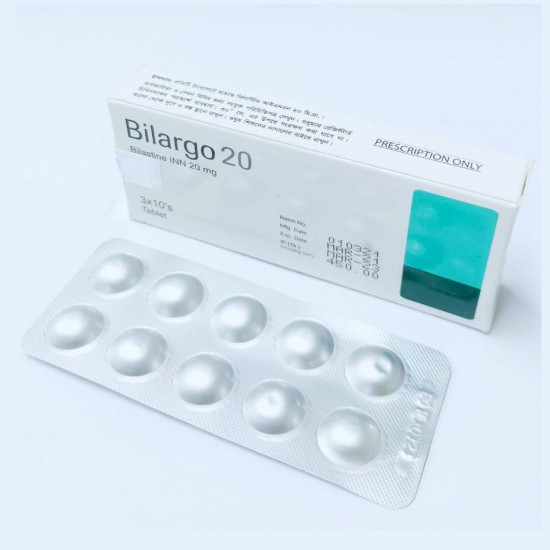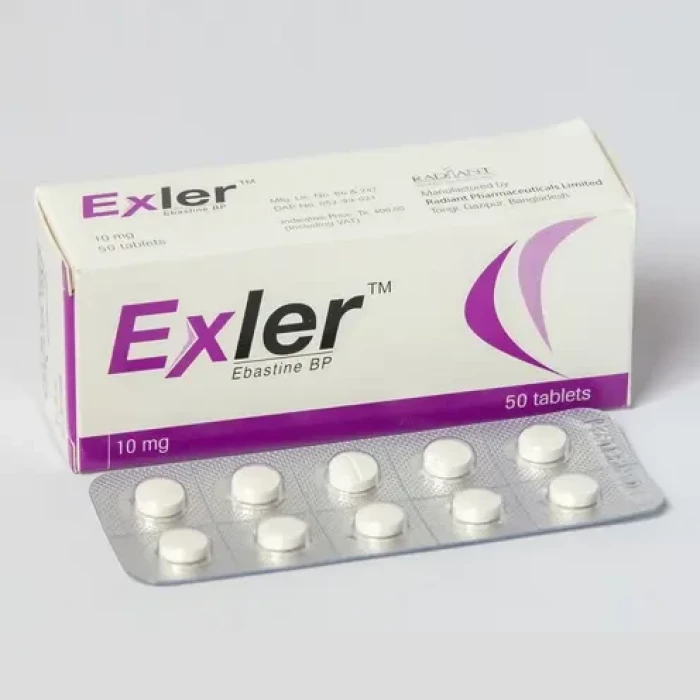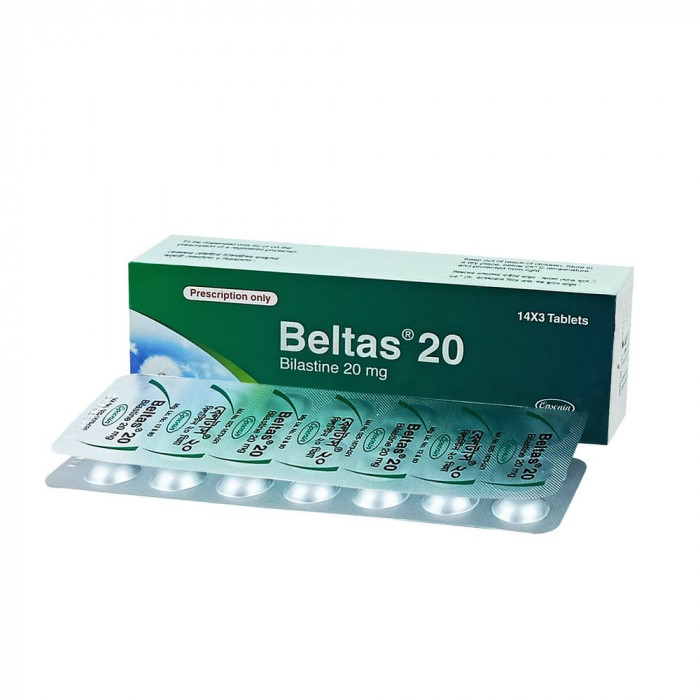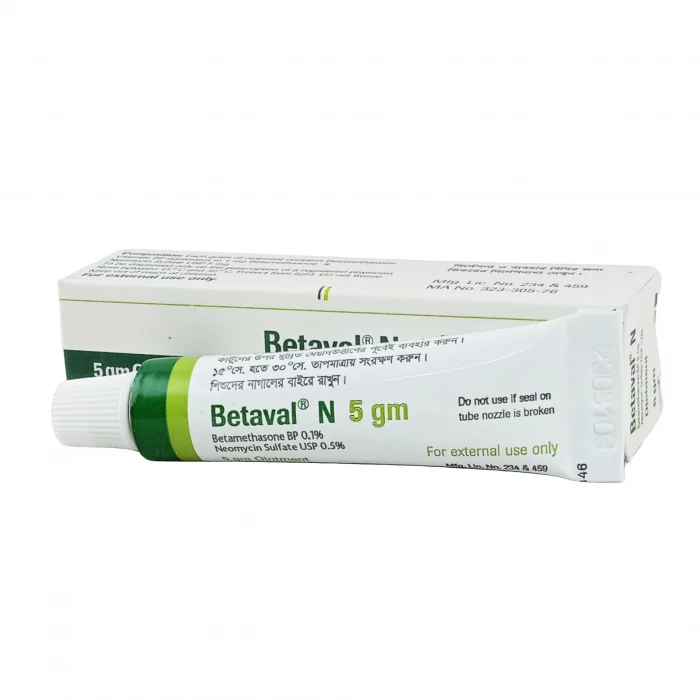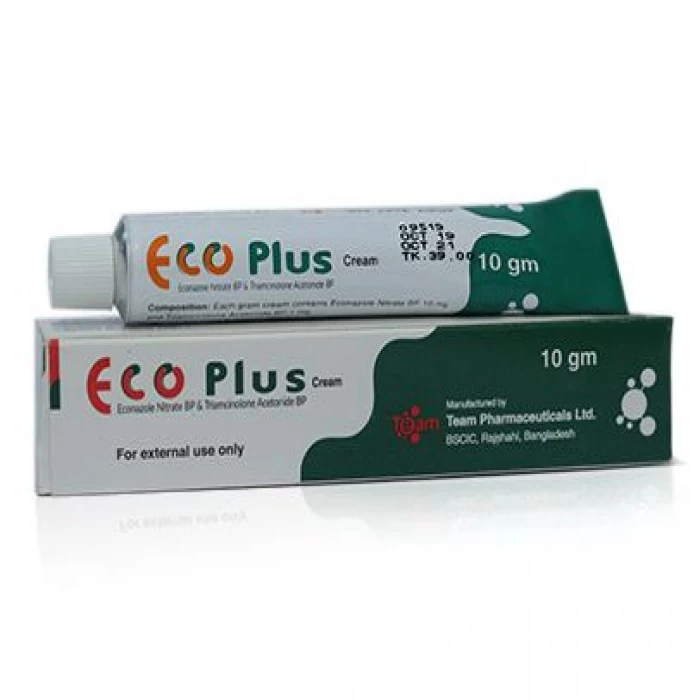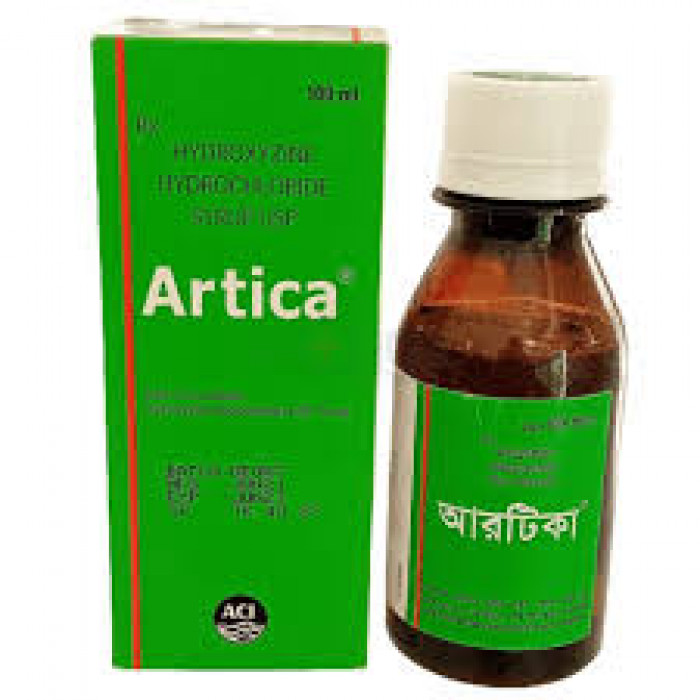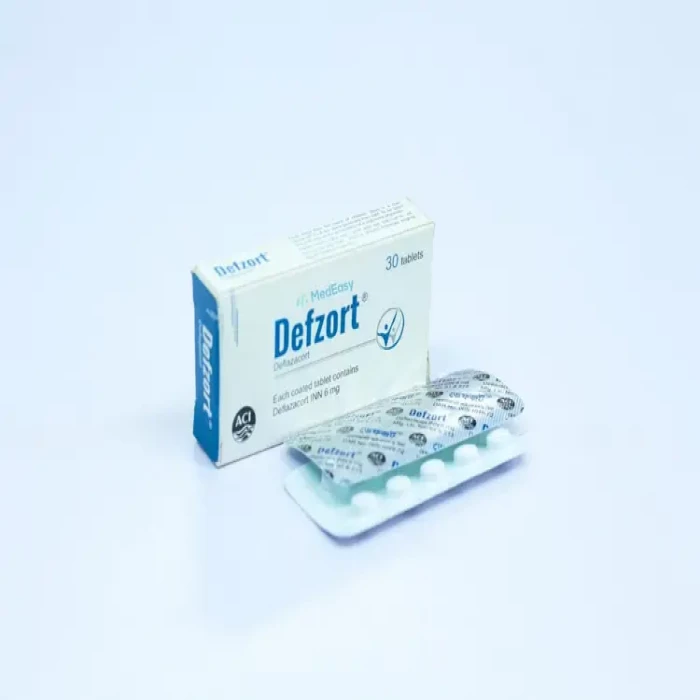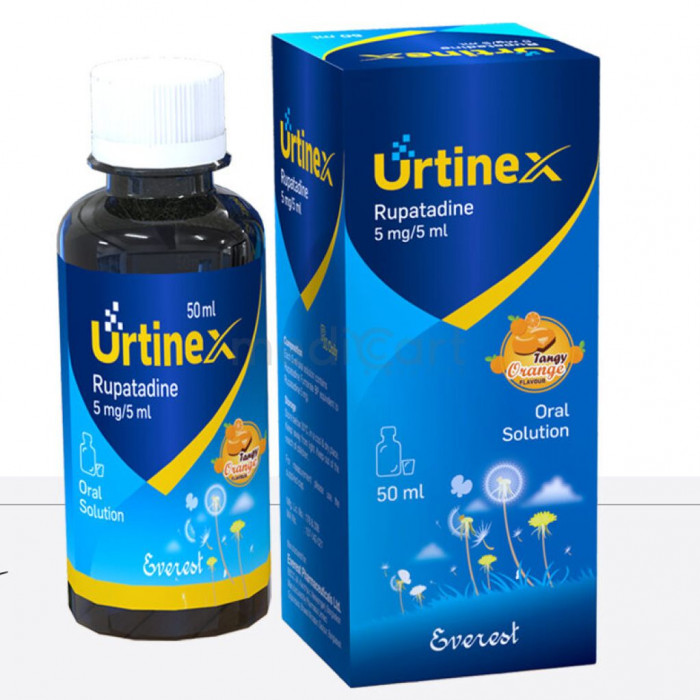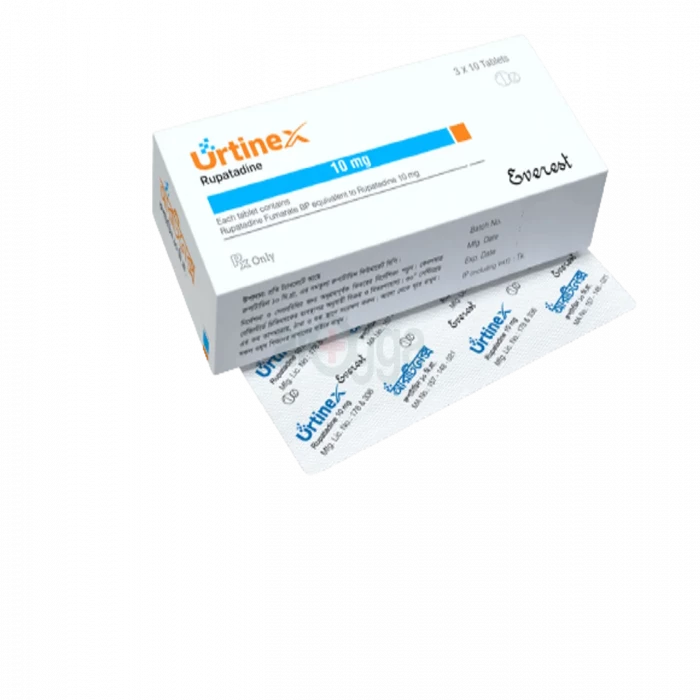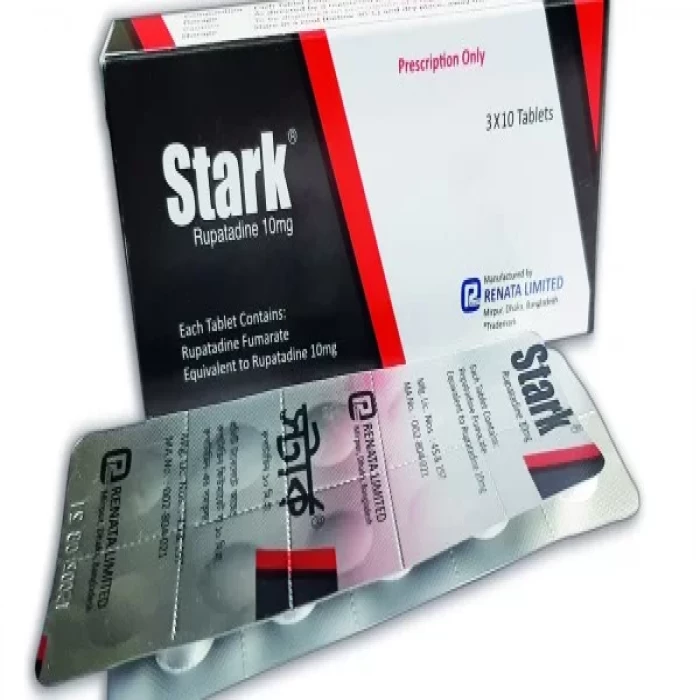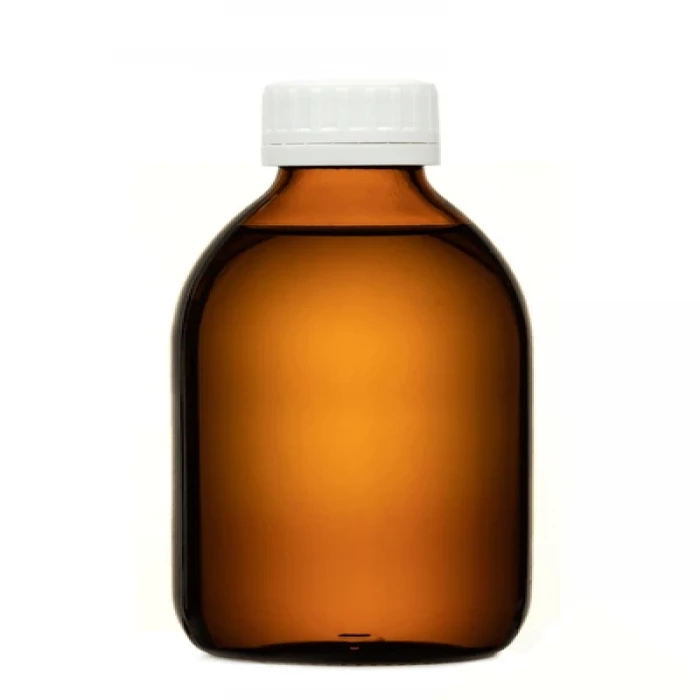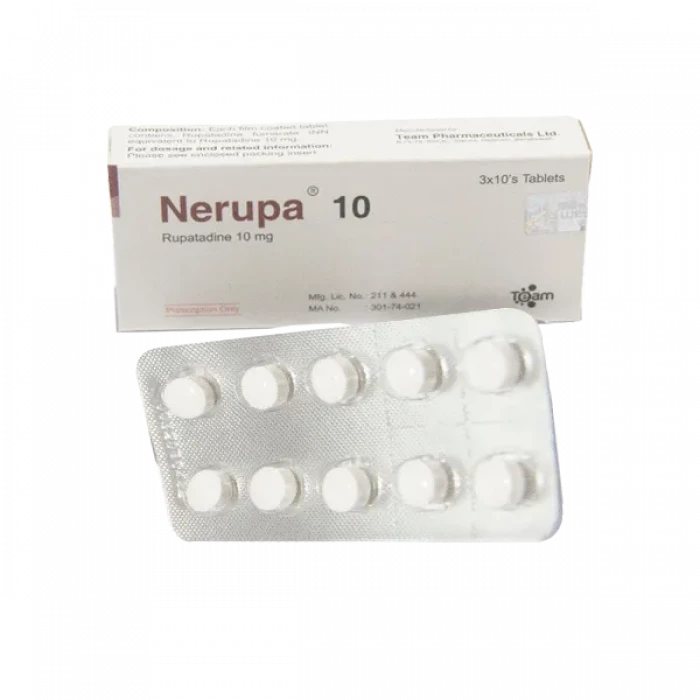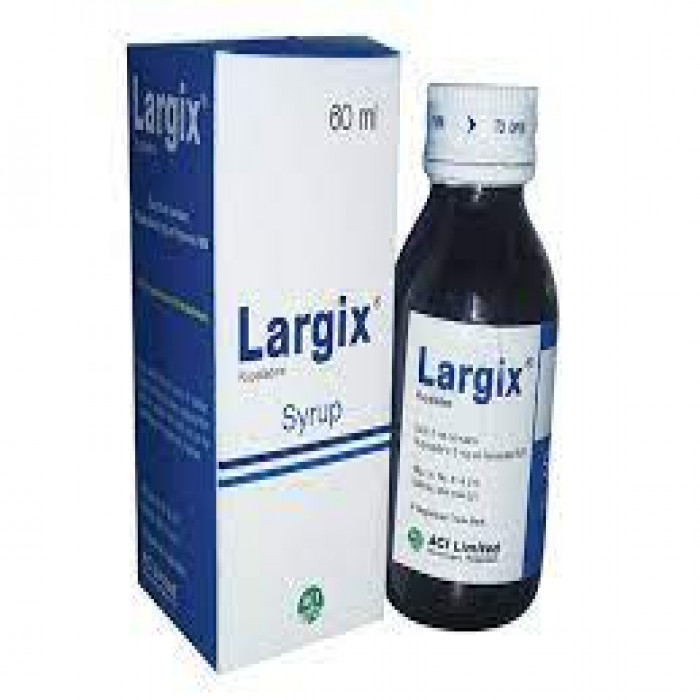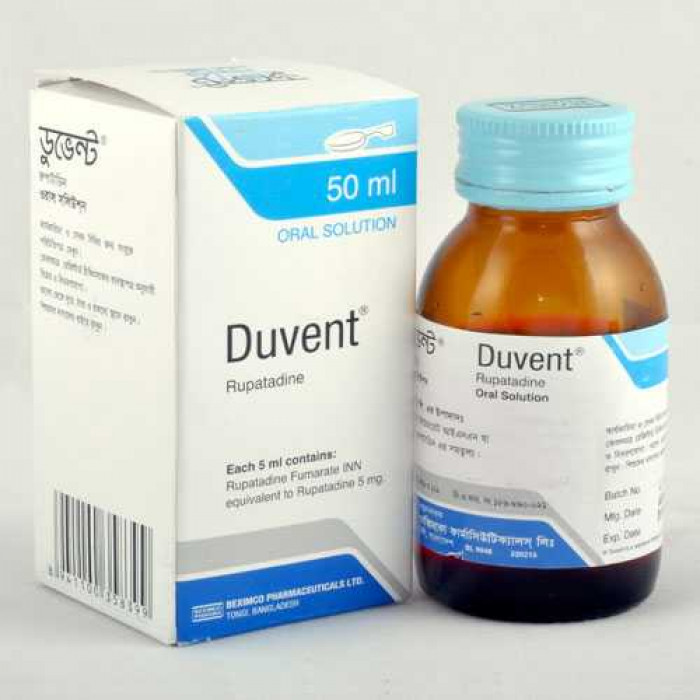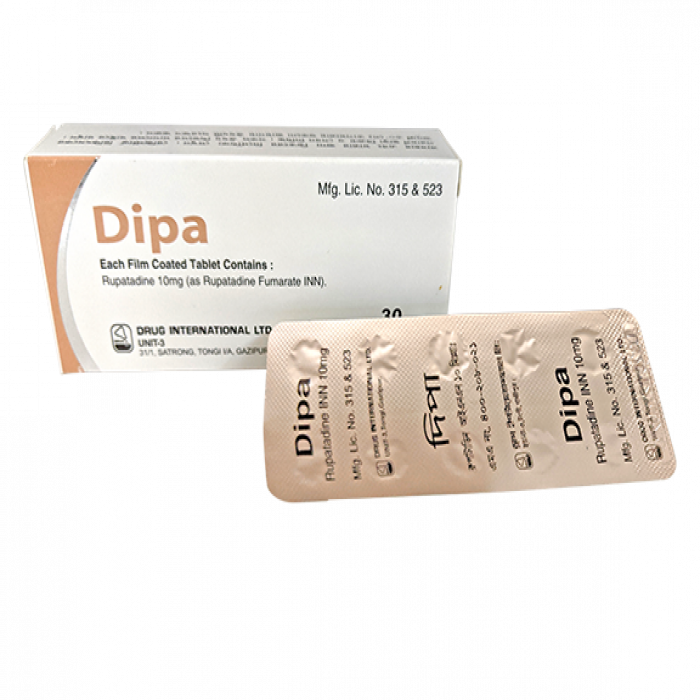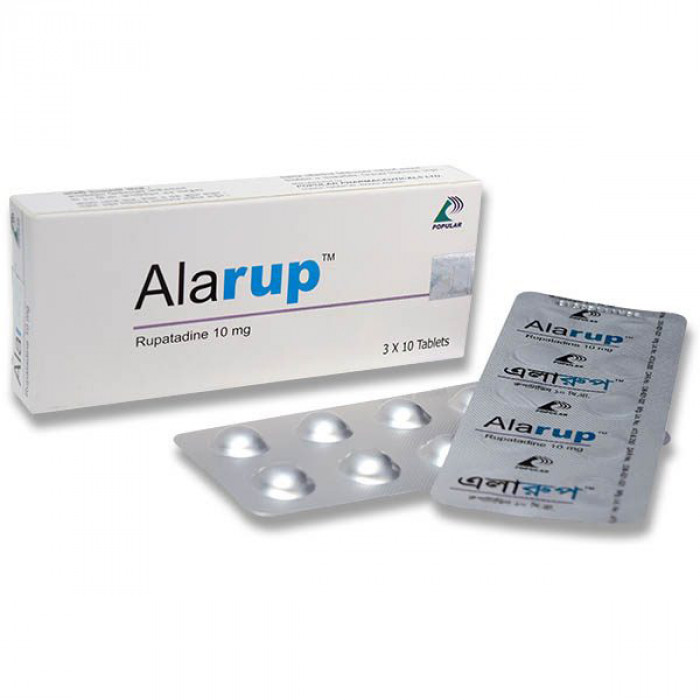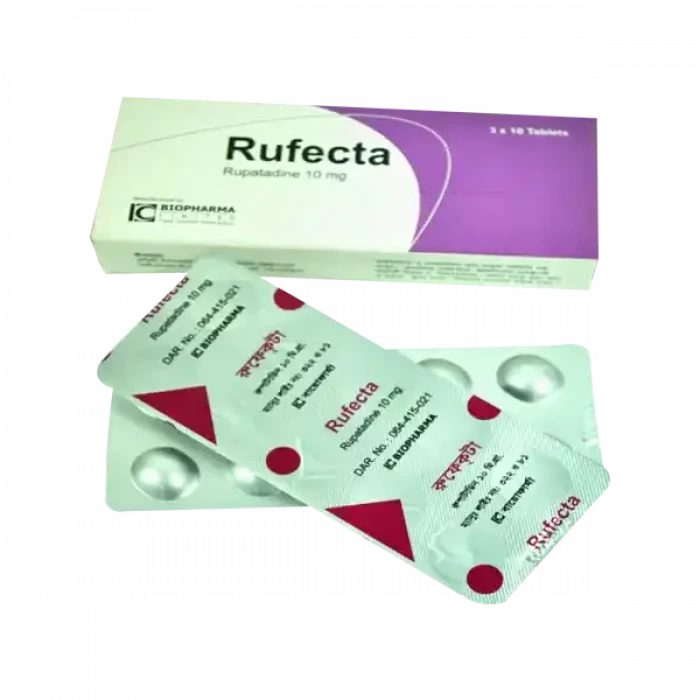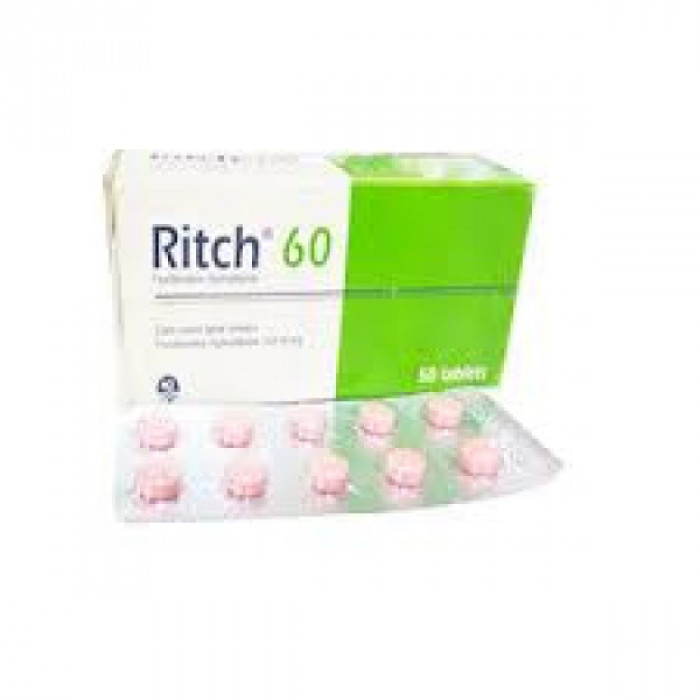
✔ 100% Authentic Product
👁️ Currently Viewing 1296
100% Genuine Products, Guaranteed
Safe & Secure Payments, Always
Fast, Secure & Efficient Delivery
Proper Packaging
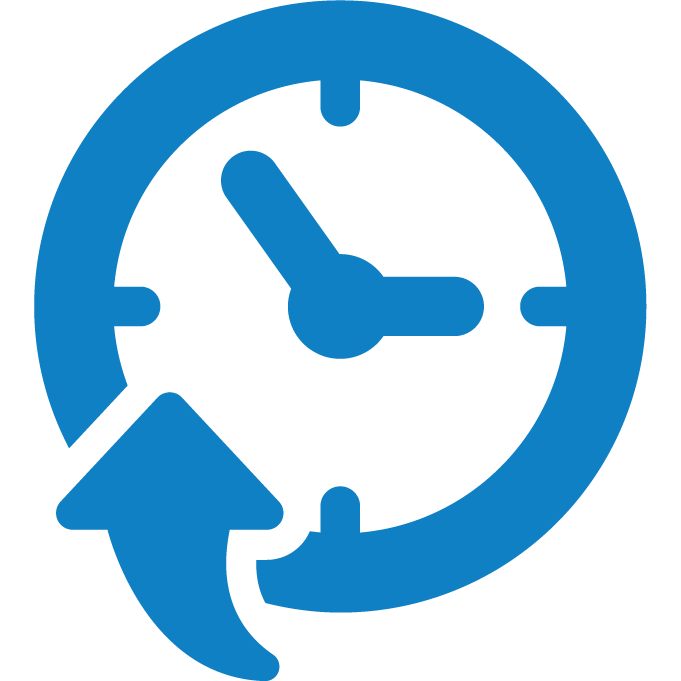 Cash on Delivery - All over Bangladesh
Cash on Delivery - All over Bangladesh Regular Delivery - 12-24 Hours, Dhaka City*
Regular Delivery - 12-24 Hours, Dhaka City* Regular Delivery - 24-48 Hours, All Over Bangladesh*
Regular Delivery - 24-48 Hours, All Over Bangladesh* ফ্রি ডেলিভারিঃ - ৯৯৯ টাকা+ অর্ডারে, ঢাকা
শহরে
ফ্রি ডেলিভারিঃ - ৯৯৯ টাকা+ অর্ডারে, ঢাকা
শহরে ফ্রি ডেলিভারিঃ - ২৯৯৯ টাকা+ অর্ডারে, ঢাকার
বাহিরে
ফ্রি ডেলিভারিঃ - ২৯৯৯ টাকা+ অর্ডারে, ঢাকার
বাহিরে
✅ Description:
Indications
Fexofenadine Hydrochloride is used to treat the symptoms of seasonal allergic rhinitis in both adults and children. It's also used to treat the cutaneous signs of chronic idiopathic urticaria that aren't too severe.
Pharmacology
Fexofenadine Hydrochloride is an antihistamine that works by blocking peripheral H1 receptors. After oral administration, it is rapidly absorbed and reaches maximal plasma concentration in 2-3 hours. It doesn't appear to be able to pass through the blood-brain barrier.
Dosage & Administration
Seasonal Allergic Rhinitis-
Adults and children 12 years and older:
Tablet: 60 mg twice daily or 120 mg once daily or 180 mg once daily
In case of impaired renal function: 60 mg once daily
Children from 6 to 11 years:
Tablet: 30 mg twice daily or 60 mg once daily
In case of impaired renal function: 30 mg once daily
Children from 2 to 11 years
Suspension: 30 mg or 5 ml twice daily
In case of impaired renal function: 30 mg or 5 ml once daily
Chronic Idiopathic Urticaria-
Adults and children 12 years and older:
Tablet: 60 mg twice daily or 120 mg once daily or 180 mg once daily
In case of impaired renal function: 60 mg once daily
Children from 6 to 11 years:
Tablet: 30 mg twice daily or 60 mg once daily
In case of impaired renal function: 30 mg once daily
Children from 6 months to less than 2 years:
Suspension: 15 mg or 2.5 ml (1/2 tsp) twice daily
In case of impaired renal function: 15 mg or 2.5 ml (1/2 tsp) once daily
Children from 2 to 11 years:
Suspension: 30 mg or 5 ml (1 tsp) twice daily
In case of impaired renal function: 30 mg or 5 ml (1 tsp) once daily
Interaction
When taken with erythromycin or ketoconazole, the plasma levels of Fexofenadine Hydrochloride increased. Fexofenadine Hydrochloride absorption is reduced by antacids that contain aluminum and magnesium hydroxide.
Contraindications
Patients who have a known hypersensitivity to Fexofenadine Hydrochloride or any of its constituents should not take it.
Side Effect
Headache, lethargy, drowsiness, nausea, dry mouth, and gastrointestinal disorders are all common adverse effects.
Pregnancy & Lactation
Fexofenadine Hydrochloride is classified as pregnancy category C by the US Food and Drug Administration. So, unless the potential benefits to the other outweigh the potential hazards to the fetus, Fexofenadine Hydrochloride should be avoided during pregnancy and lactation.
Precautions & Warnings
Patients who are elderly or have impaired renal function should be treated with caution.
Storage Conditions
Store in a cool & dry place, protected from light.
⚠️Disclaimer:
At ePharma, we’re committed to providing accurate and accessible health information. However, all content is intended for informational purposes only and should not replace medical advice from a qualified physician. Please consult your healthcare provider for personalized guidance. We aim to support, not substitute, the doctor-patient relationship.





